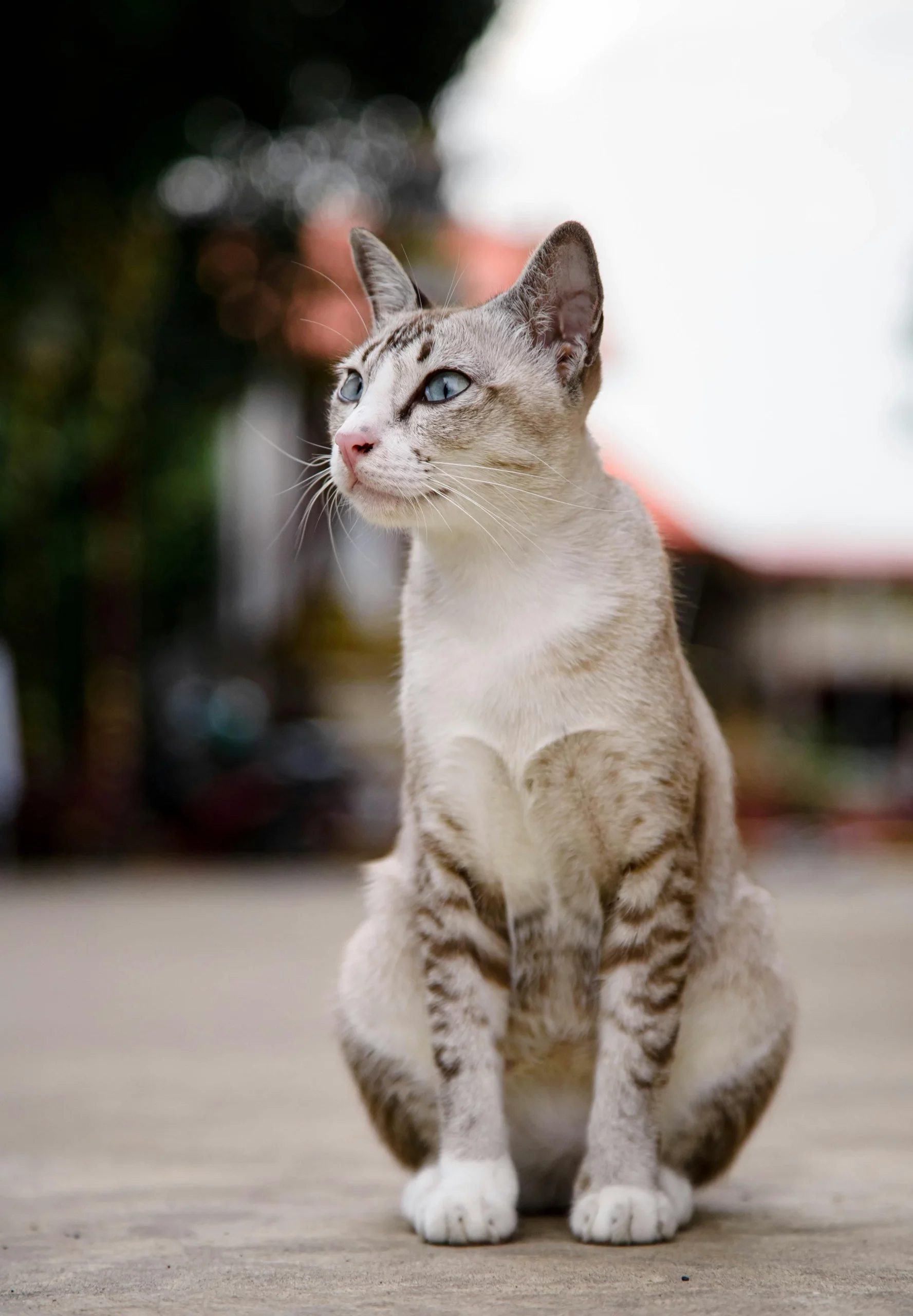Hairballs: The Gross But Fascinating Reality of Cat Ownership
Contents
For every devoted cat owner, the dreaded hairball occurrence is a rite of passage. Those hacking coughs, the frantic pacing, and the final expulsion of a furry vomit monstrosity – it’s enough to turn your stomach. But fear not, cat lovers! While unpleasant, hairballs are a natural part of feline life, and understanding why they happen can help you minimize the mess and keep your kitty comfortable.
Unveiling the Hairball Mystery: Why Does My Cat Vomit Hair?
Cats are meticulous groomers. Their rough tongues, equipped with tiny barbs, act like combs, removing loose hair and debris from their fur. Most of this ingested hair passes harmlessly through the digestive system and exits in the stool. However, sometimes, hair accumulates in the stomach, forming a hairball – a matted clump that the body can’t eliminate through the normal digestive route.
Here’s a deeper dive into the reasons behind hairballs:
- Constant Shedding: Cats shed fur year-round, with shedding seasons often leading to increased hair ingestion.
- Overzealous Grooming: Certain situations, like stress, anxiety, or skin conditions, can trigger excessive grooming, leading to more hair being swallowed.
- Lack of Fiber: Fiber in a cat’s diet helps move ingested hair through the digestive tract. A deficiency can lead to hairball formation.
- Longhaired Breeds: Persian, Maine Coon, and Ragdoll cats have longer, denser fur, making them more prone to hairball issues.
Hairball SOS: Signs and Symptoms
While the telltale hairball expulsion is a clear sign, here are some other indicators your cat might be struggling with hairballs:
- Hacking Coughs: Repeated coughing without producing anything suggests a hairball trying to make its way out.
- Straining in the Litter Box: Hairballs can cause constipation or difficulty passing stool.
- Loss of Appetite: The discomfort caused by hairballs can lead to reduced interest in food.
- Lethargy: Hairballs can make your cat feel unwell and less energetic.
When to Worry: Hairballs vs. Serious Issues
While hairballs are common, excessive vomiting or signs of discomfort warrant a visit to the veterinarian. Here’s what to watch out for:
- Frequent Hairballs: Vomiting hairballs more than once a week might indicate underlying issues.
- Bloody Vomit: Blood in the vomit suggests a more serious problem like ulcers or inflammatory bowel disease.
- Loss of Weight: Hairballs shouldn’t significantly impact weight. Unexplained weight loss needs veterinary attention.
- Lethargy for Extended Periods: While lethargy can accompany hairballs, prolonged lack of energy requires a vet visit.
Battling the Hairball Beast: Prevention and Management Strategies
The good news is there are ways to minimize hairball woes and keep your feline friend feeling their best. Here’s your hairball prevention arsenal:
- Regular Brushing: Brushing your cat several times a week removes loose fur before it’s ingested. This is especially important during shedding seasons.
- Hairball Control Diet: Many cat foods contain added fiber and lubricants that help hair pass through the digestive system smoothly.
- Hairball Treats and Supplements: These provide additional fiber or lubricants to aid hair elimination.
- Encourage Hydration: Good hydration helps move things along the digestive tract, including hair. Ensure your cat has access to fresh water throughout the day.
- Environmental Enrichment: Stress and boredom can lead to excessive grooming. Provide stimulating toys and activities to keep your cat mentally and physically engaged.
Living with Hairballs: Cleaning Up and Keeping Calm
Even with the best prevention, hairballs can still happen. Here are some tips for dealing with the aftermath:
- Wear Gloves: Hairballs can be messy. Disposable gloves can help with cleanup.
- Dispose of Properly: Wrap the hairball in a plastic bag and dispose of it in the trash. Don’t flush it down the toilet.
- Clean Up Thoroughly: Clean the area where the hairball was expelled with an enzymatic cleaner to remove any lingering odors.
- Maintain Calm: Cats pick up on our emotions. Stay calm and reassuring during a hairball episode to avoid stressing your cat out further.
Conclusion: Hairballs – A Part of Feline Life
Hairballs may not be pleasant, but they are a natural occurrence in most cats’ lives. By understanding the causes, recognizing the signs, and implementing preventive measures, you can minimize the discomfort for your cat and keep the number of hairball expulsions to a minimum. Remember, regular vet checkups are crucial for the well being of your furry friend.
For more cat related info check out our main page PetSynse
